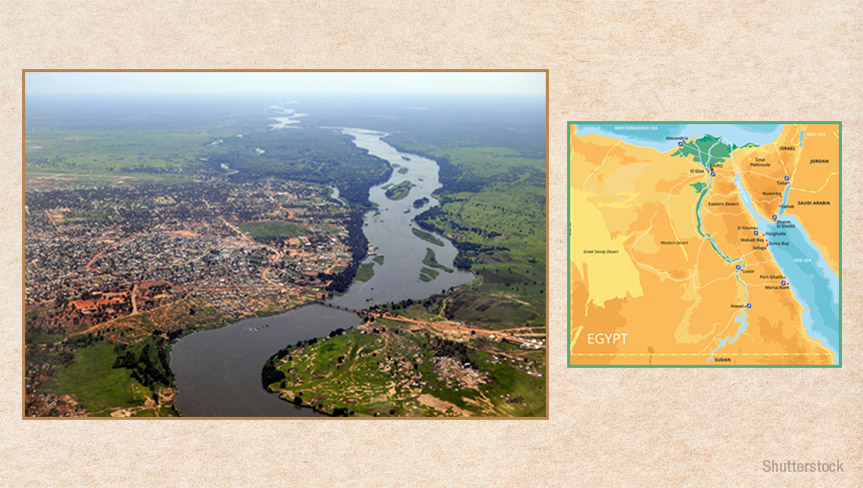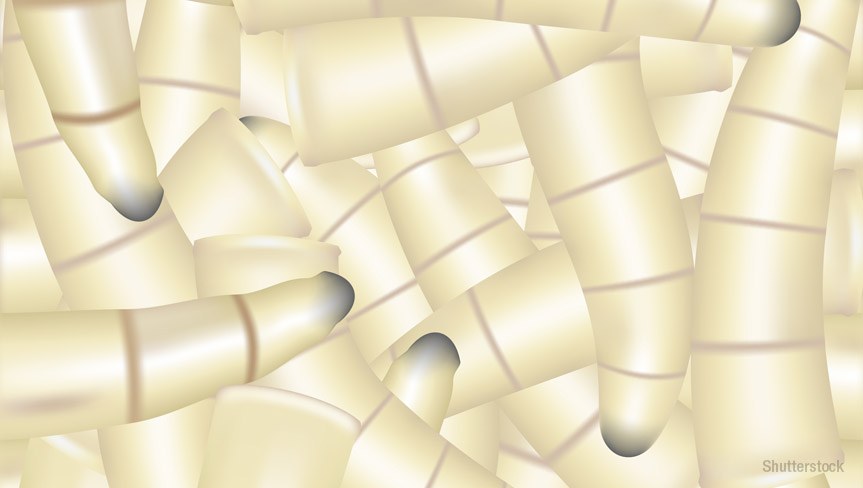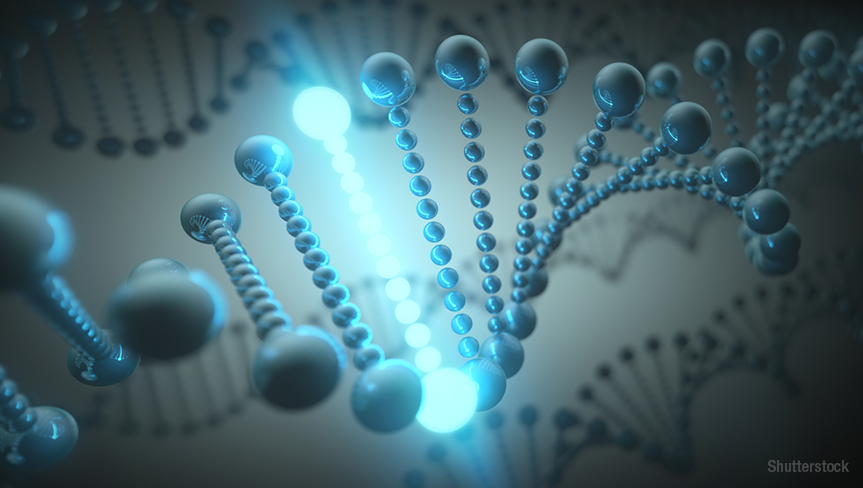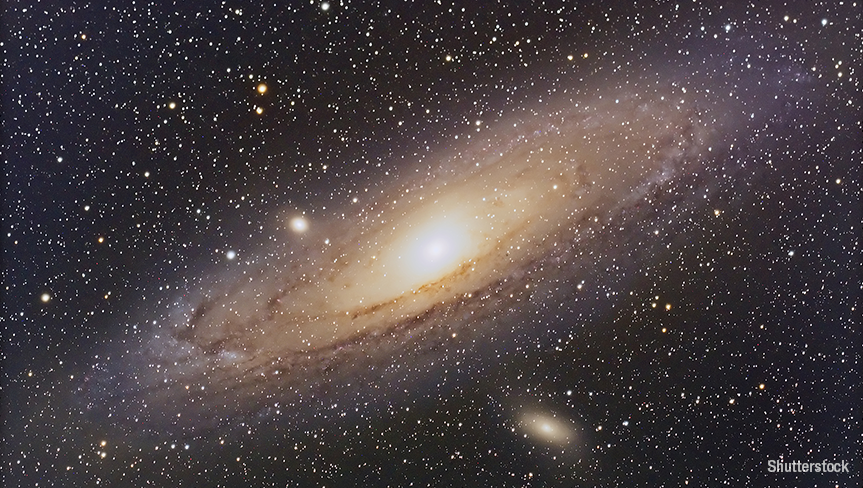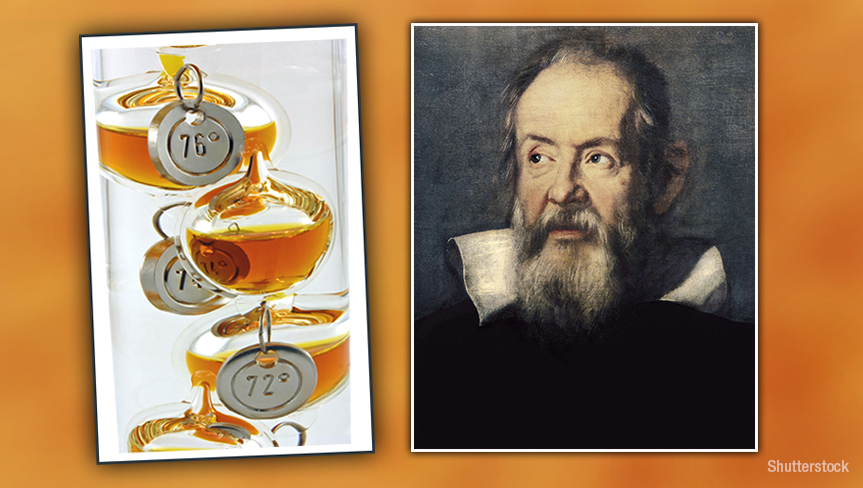6th May 2016
What makes the national flag of Paraguay special?
The national flag of Paraguay has different emblems on the obverse and reverse sides. The flag has an emblem on the obverse side, which is the national coat of arms of Paraguay that comprises a yellow five-pointed star surrounded by a green wreath capped by the words REPUBLICA DEL PARAGUAY. The emblem on the reverse side is the seal of the treasury, which is a yellow lion below a red Phrygian cap and the words PAZ Y JUSTICIA (‘Peace and Justice’).

